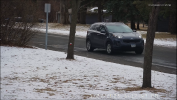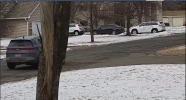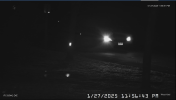currently using one color4k-t180 in middle of a covered patio and flanked by 2 IPC-T54IR-ZE-S3 each side of the patio.
i also have 2 B52IR-Z12E-S2 in a crossfire placement pov above garage/driveway. i do like their imaging better than the IPC-T54IR-ZE-S3 on the patio, but that could just be my config choices. i mention that b/c "thinking" of replacing the T54IR-ZE-S3's with B52IR-Z12E-S2.
q0). thoughts on replacing the T54IR-ZE-S3's with B52IR-Z12E-S2's for patio?
q1). wanting to replace two outdated cams in my garage. curious, would the T54IR's be recommended for two vehicle garage?
q2). is the T54IR-ZE-S3 a good cam for one's front door area? other recommendations?
thanks & regards,
wb
i also have 2 B52IR-Z12E-S2 in a crossfire placement pov above garage/driveway. i do like their imaging better than the IPC-T54IR-ZE-S3 on the patio, but that could just be my config choices. i mention that b/c "thinking" of replacing the T54IR-ZE-S3's with B52IR-Z12E-S2.
q0). thoughts on replacing the T54IR-ZE-S3's with B52IR-Z12E-S2's for patio?
q1). wanting to replace two outdated cams in my garage. curious, would the T54IR's be recommended for two vehicle garage?
q2). is the T54IR-ZE-S3 a good cam for one's front door area? other recommendations?
thanks & regards,
wb



